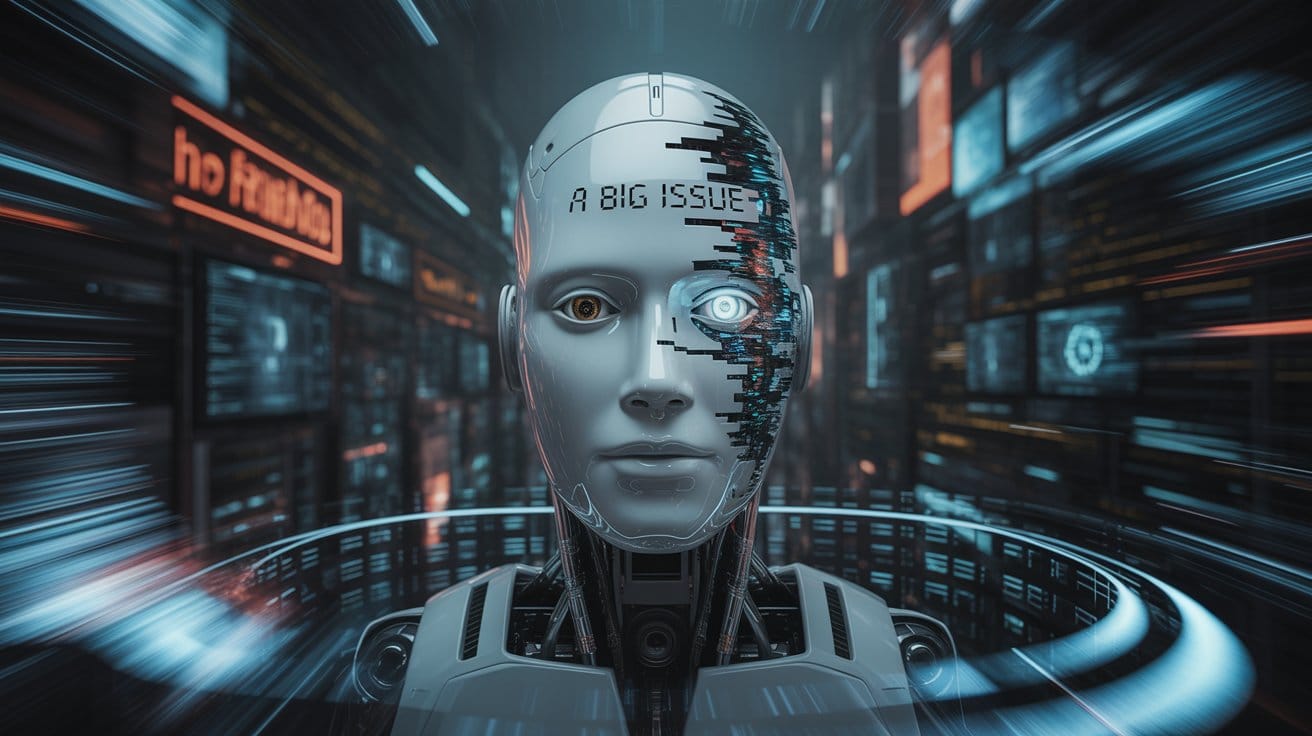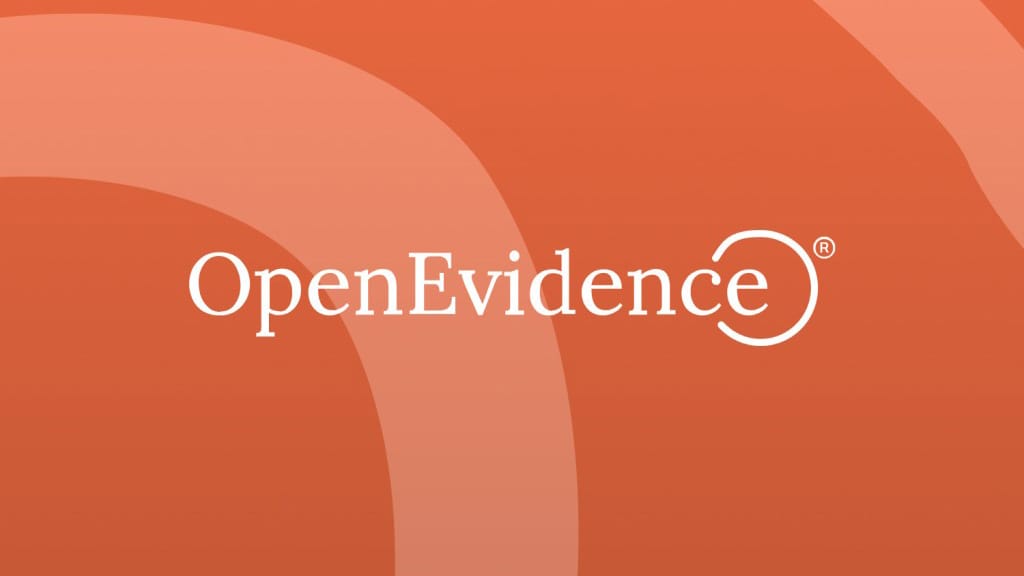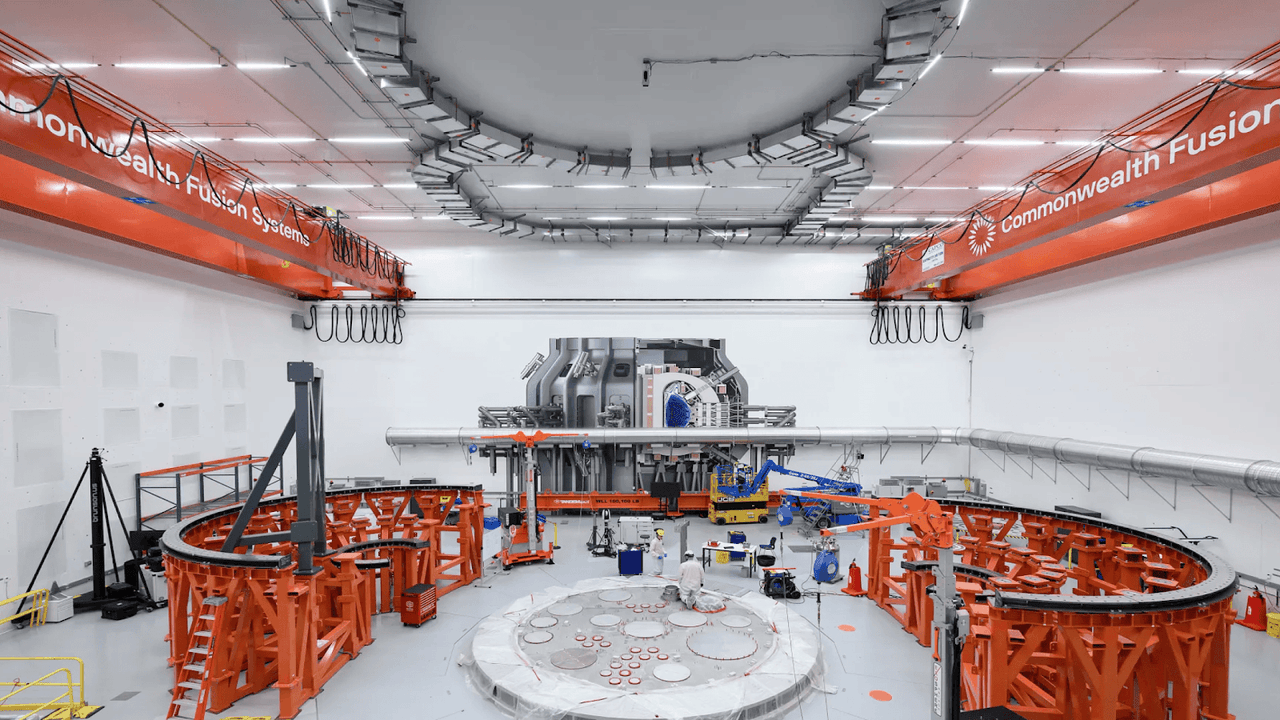A Big Issue: As AI Improves, Its Hallucinations Increase

Artificial Intelligence (AI) is at a crossroads. The past two years have seen an explosion in the capabilities of generative AI models, especially large language models (LLMs) like OpenAI’s GPT-4, Google’s Gemini, and DeepSeek’s R1. These systems now power everything from chatbots and search engines to creative writing tools and business analytics. Yet, as these models become more sophisticated, a paradox has emerged: the smarter the AI, the more likely it is to "hallucinate"—that is, to generate plausible-sounding but factually incorrect or fabricated information. This trend is not just a technical curiosity; it is a growing industry-wide crisis with profound implications for trust, safety, and the future trajectory of AI development.
Let's explore the depth and scope of the hallucination problem, why it is getting worse as models become more advanced, and what this means for the future of AI.





